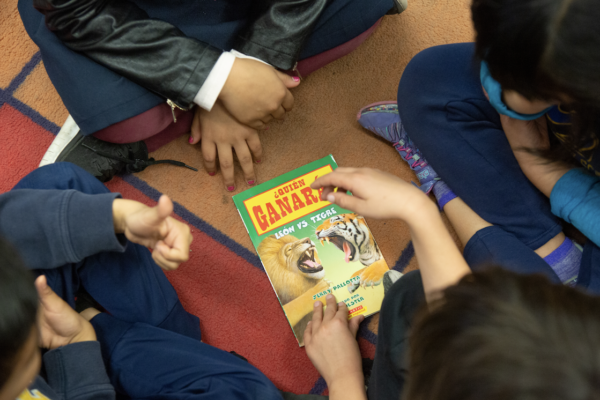Research suggests that improving representation of different races, genders and age groups in educational materials may improve student outcomes. In a recent paper published by the National Bureau of Economic Research, researchers from the University of Chicago and Columbia University measured the representation of different groups in books commonly found in schools over the past century.
The research team created and used an artificial intelligence tool that detects the race, gender, and age of characters in images in books that won awards from the Association for Library Services to Children. This tool allowed them to translate images into data. They also used a pre-existing text analysis tool to translate text into data.
They found White males were overrepresented in images and text compared to their share of the U.S. population. While the researchers found that more characters with darker skin color appeared over time, they found lighter-skinned characters to appear more often in more popular books. They also found more children depicted with lighter skin than adults. And female characters were more present in images than in text.
The researchers hope their tools will lead to more equity in representation in education materials.
-Brooke LePage
